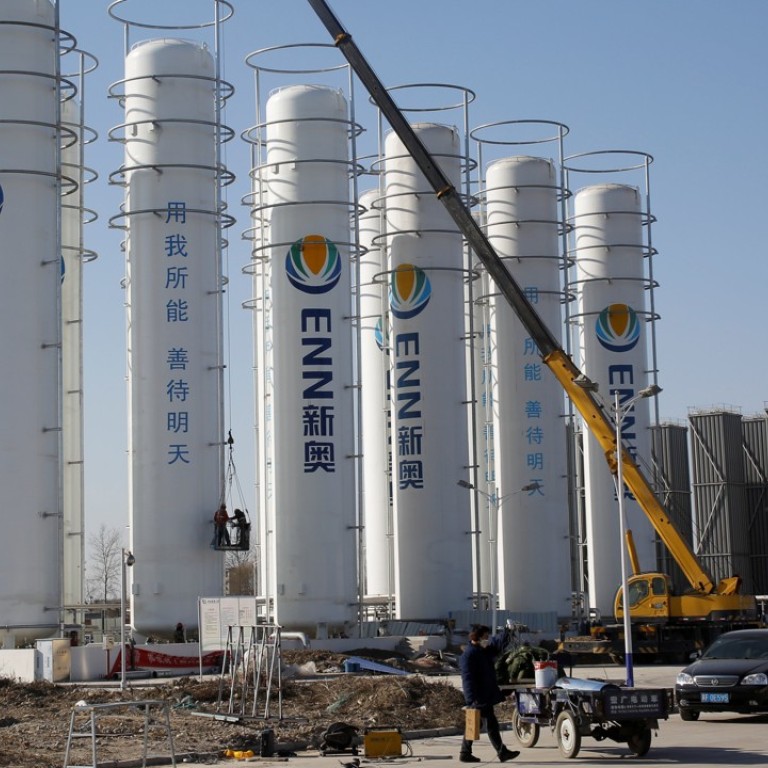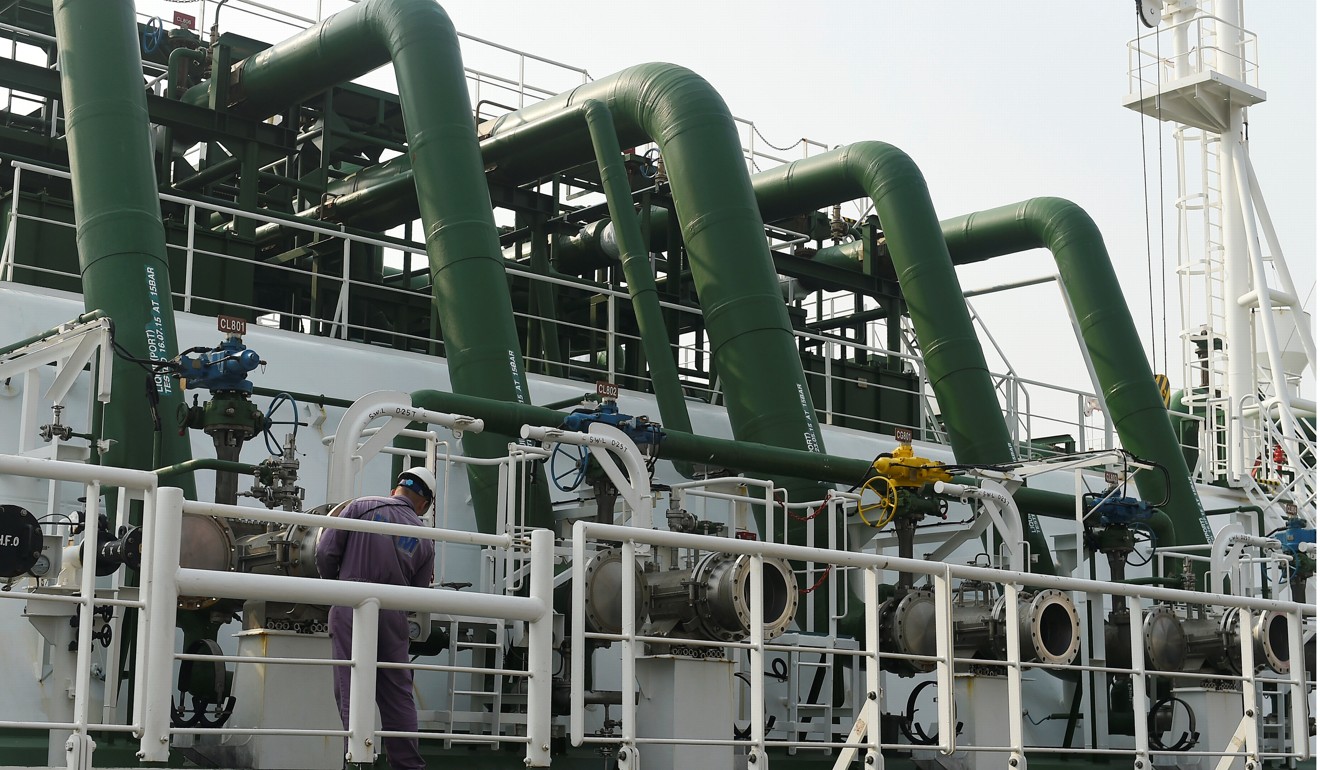
China’s winter misery brings LNG traders the gift of volatility
Traders and energy companies with access to tankers and uncommitted supply are positioned to benefit, analyst says
China’s self-inflicted heating crisis this winter signals deeper seasonal price swings that might be a boon for liquefied natural gas traders.
The arrival of a price-depressing glut of the fuel is no longer seen as inevitable. Instead, China’s surging winter heating needs will create larger summer-winter splits in the global LNG market and exacerbate price swings. That is what has happened this year, as the cost of spot cargoes has nearly doubled since June.
It is yet another ripple effect of China’s quest for cleaner skies, as policies forcing homes and factories to switch from burning coal to natural gas have reduced smog in Beijing while also creating shortages of the heating fuel in frigid northern cities. Traders and energy companies with access to tankers and uncommitted supply are positioned to benefit, Kerry-Anne Shanks, an analyst at Wood Mackenzie, said.

“We see a market developing that’s quite strong in the winter, and in the summer is loose,” she said. “It plays to the strengths of portfolio players who have the flexibility to deliver supplies to the premium markets.”
Spot LNG in Singapore was priced at US$10.26 per million British thermal units on Monday, according to a Singapore Exchange Ltd assessment, almost double the US$5.14 it cost in early June.
Until this year, market consensus was that a flood of new gas export projects coming online in Australia, Russia and the United States would engulf a market marked by tepid demand growth.
Then China’s President Xi Jinping decided to make clearing smoggy skies a key part of his agenda.
Government agencies converted millions of homes and tens of thousands of factories from coal to gas this year. LNG imports jumped by 48 per cent over the first 10 months, putting China on the verge of passing South Korea to become the world’s second-largest importer after Japan.
At the same time, construction problems have delayed some new production projects, such as Inpex Corp’s Ichthys and Royal Dutch Shell PLC’s Prelude in Australia, Graeme Bethune, chief executive of consultant EnergyQuest, said. Several LNG developments in the US have also been pushed back to 2019 from next year, he said.
“Conventional wisdom said there would be a tsunami of new LNG coming that would force down LNG prices,” Bethune said. “Instead, moves by China are boosting prices. The question going forward is how much of these elevated prices are due to secular reasons and how much is due to seasonal demand.”
China’s rising need for gas, as well as new demand from emerging markets spurred by lower prices, mean that a forecast glut of the fuel next year may be smaller and end sooner than earlier forecast. That is an incentive for exporters from Australia to Qatar to reconsider projects that have been delayed or cancelled.
“The strength of global LNG demand growth has surprised in 2017, and that could happen again in 2018,” Australia’s Woodside Petroleum Ltd said in a statement. “That indicates that both LNG suppliers and LNG buyers are going to have to get to work to underpin new LNG supply projects, perhaps sooner than some expected.”
Most LNG demand is either from power and industrial use that is relatively flat through the year, or residential use that peaks in the winter when homes need to be heated. Many of the world’s largest LNG importers are in the northern hemisphere, so the peaks tend to arrive at the same time. Less storage space in China compared to countries like the US limits its winter supply buffer and has contributed to the need for more imports.
Natural gas demand in China will be driven by coal-to-gas switching by industrial users, analysts at Goldman Sachs said in a report earlier this month, forecasting that the country’s heating challenges will keep markets tight for the next two to three winters.
All that adds up to a market that will be oversupplied in summer months and tight in winter, said Kittithat Promthaveepong, a gas analyst with industry consultant FGE in Singapore. In the summer, spot prices could drop low enough that some plants have to curtail production.
“The moment you reach the winter periods, there will be a lot of demand pull again,” he said. “We definitely think we’re going to see tight winters again in 2018 and 2019. The prices will spike up again in the winter months, but the extent should be lower due to the new US and Australian supplies.”

